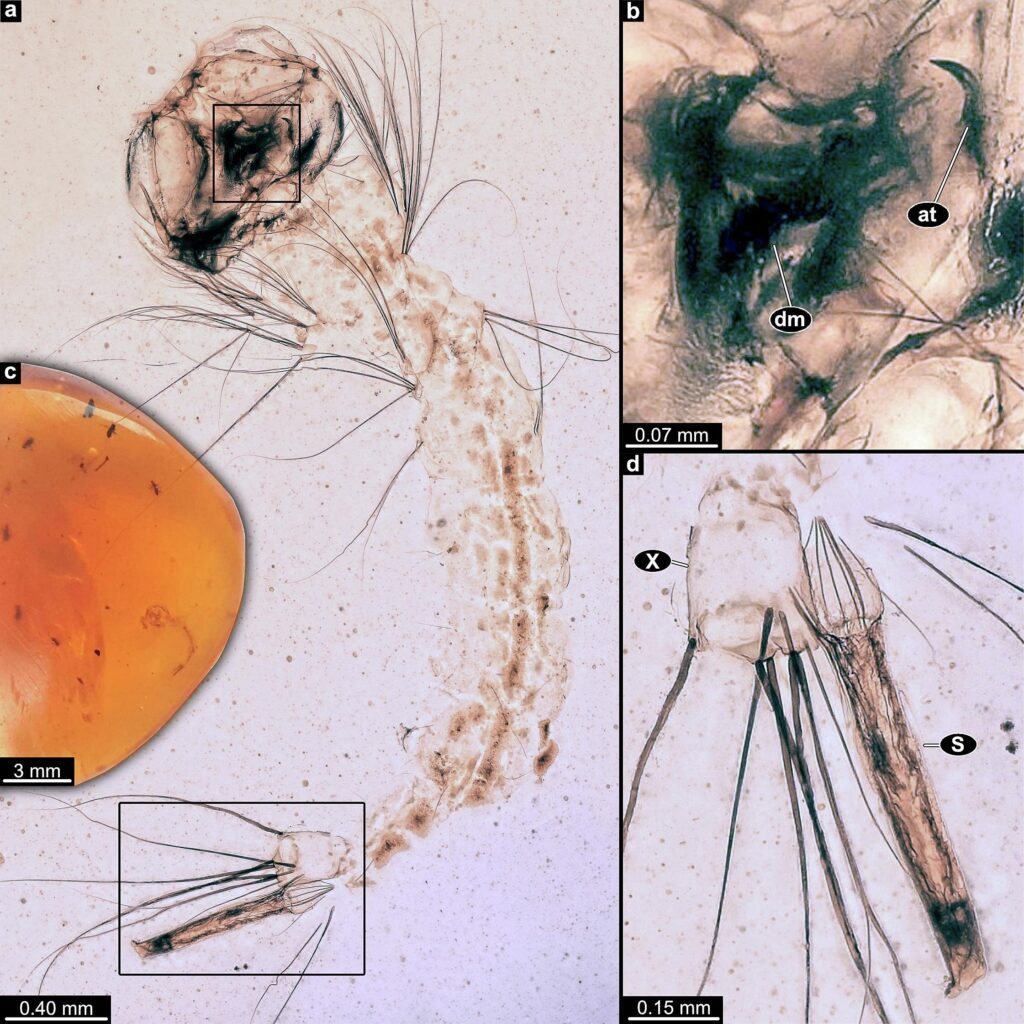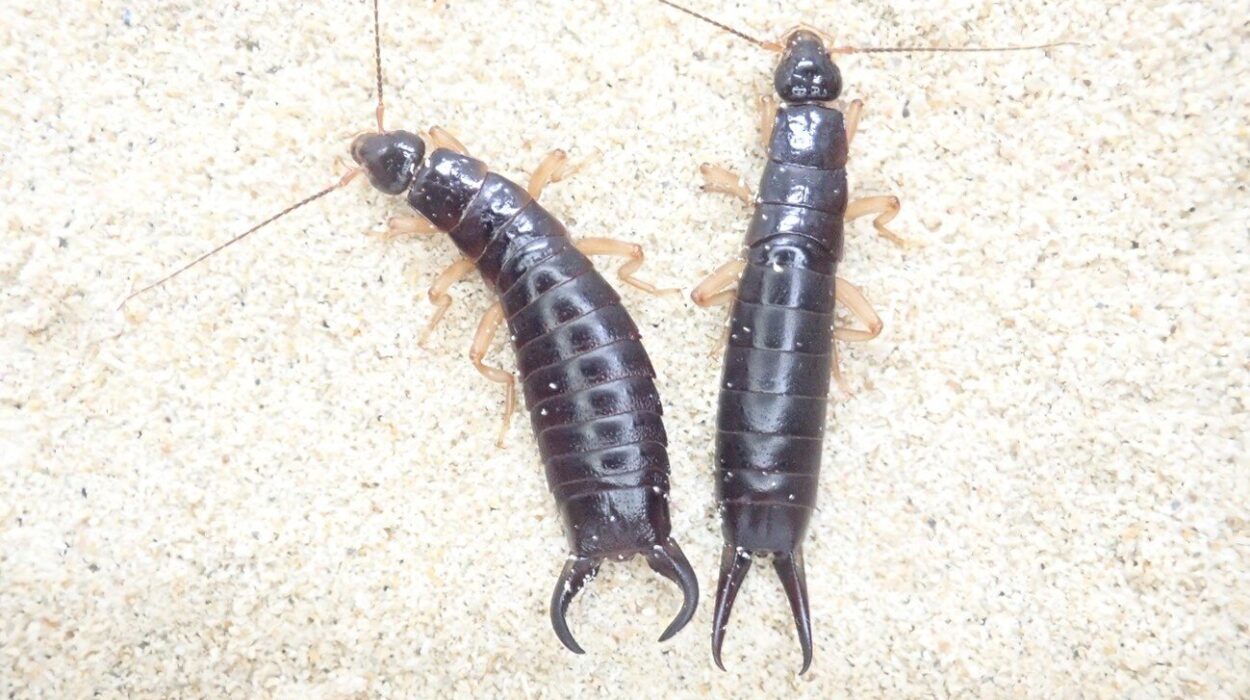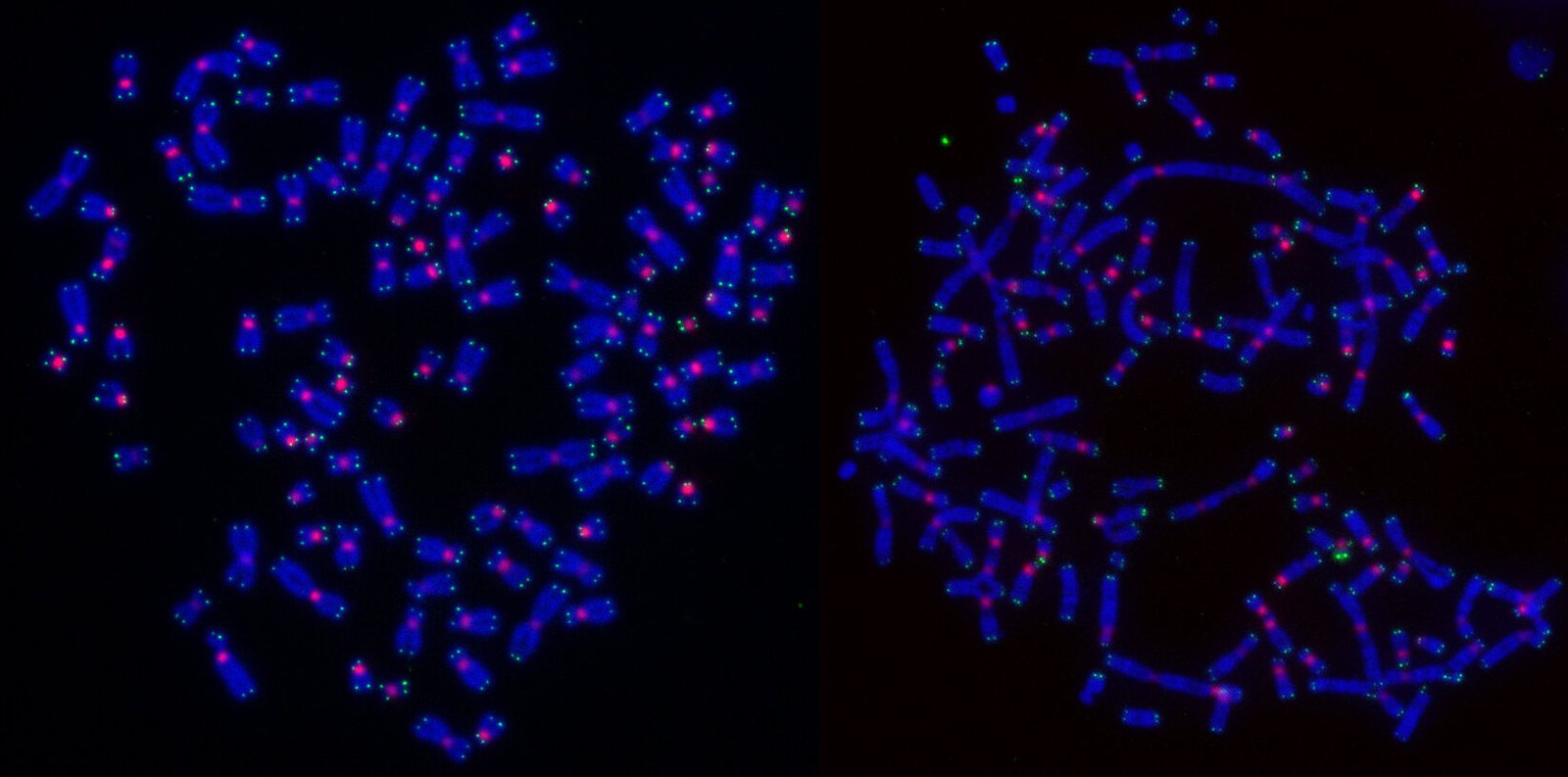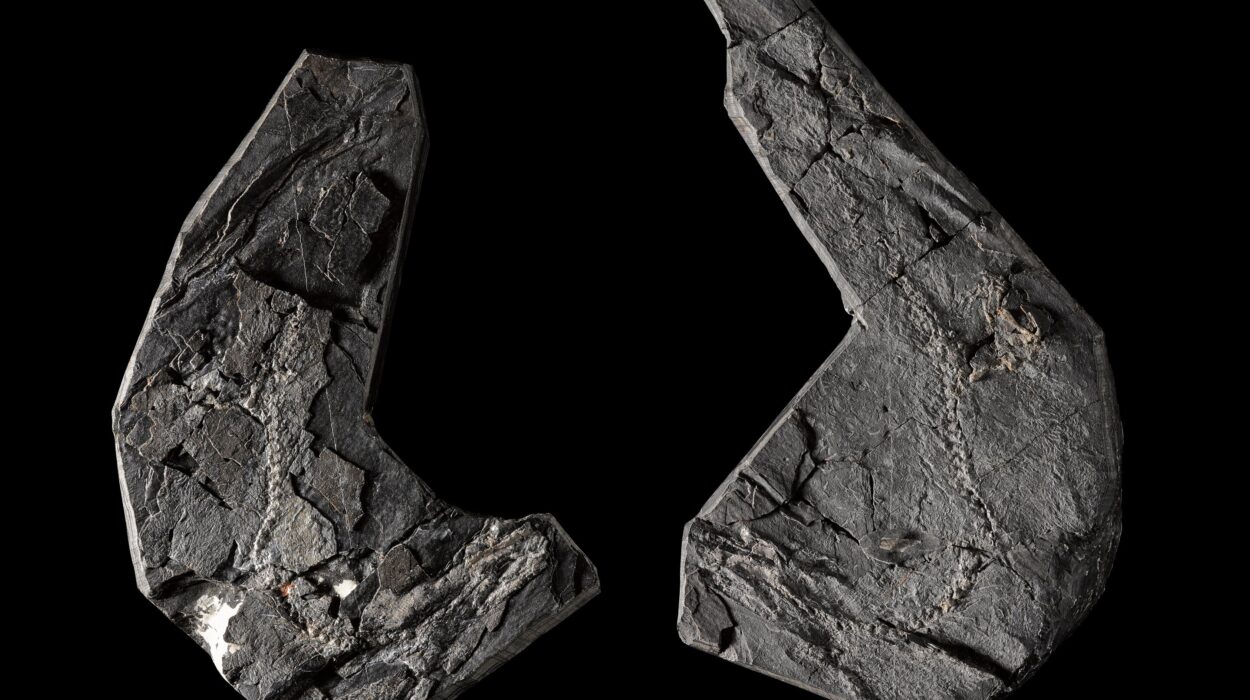Long before humans walked the Earth and long before even flowering plants dominated the landscape, a drop of resin fell into a tiny pool of water on a Cretaceous forest floor in what is now Myanmar. Inside that fragile pool, a mosquito larva was living an unremarkable life — feeding, breathing, preparing for adulthood. Then, in an instant, it was trapped. Resin sealed it off from decay and time carried it forward almost 100 million years. When that resin hardened into amber and was eventually found by scientists, it revealed something no one had ever seen before: the oldest known mosquito larva, and the first immature mosquito ever discovered from the Mesozoic era.
The fossil, now named Cretosabethes primaevus, is not only exquisitely preserved — it is astonishingly familiar. Despite its ancient age, its body plan looks strikingly like the larvae of some modern mosquitoes alive today. That similarity across nearly a hundred million years is rewriting what researchers thought they knew about mosquito evolution.
A Window Into a Lost World
The larva comes from amber deposits in the Kachin region of Myanmar, dated to roughly 99 million years ago, when dinosaurs still roamed the humid forests of the Cretaceous. Mosquito fossils from this era were known before, but only adults — and those adults looked nothing like living species. They were so different that researchers classified them into an entirely extinct group, the Burmaculicinae.
By contrast, Cretosabethes primaevus belongs to Sabethini, a group that still has living representatives. Its head shape, breathing structures, and body proportions resemble present-day larvae that develop in tiny water-filled spaces in tree hollows or between overlapping leaves. That means the ecological behavior of mosquito larvae — their small water habitats, their feeding style, their morphology — has been astonishingly stable across geological time.

Evolutionary Implications
For decades, scientists debated when mosquitoes diversified. Adult Cretaceous fossils suggested that the earliest lineages were very strange and unlike anything alive. Molecular evidence, however, hinted at a much older origin — perhaps in the Triassic or early Jurassic — long before flowering plants became dominant.
The new larva adds weight to the idea that by the Jurassic period mosquitoes had already diversified into lineages resembling modern forms. As zoologist André Amaral explains, the fossil shows that the “morphology of their larvae has remained remarkably similar for almost 100 million years.” That kind of evolutionary stasis is rare. It suggests that once mosquitoes adapted to a particular larval lifestyle, the design worked so well that natural selection left it largely unchanged.
The discovery therefore not only pushes the timeline of diversification further back; it reshapes how scientists think about early mosquito ecology and development. It weakens the assumption that the earliest mosquitoes had radically different life cycles and highlights stability where researchers once expected change.
A Geological Accident With Enormous Scientific Value
Aquatic larvae almost never fossilize in amber. Resin flows from tree bark, not lakebeds. Nearly all insects found in amber are terrestrial or flying forms — spiders, ants, beetles, and adult flies — creatures that walked or landed on resin-producing trees. For a mosquito larva to be fossilized, several improbable events had to coincide: a pocket of rainwater had to accumulate in a tree hollow or plant leaf, a mosquito larva had to inhabit that miniature pool, and at the exact moment when the resin flowed, it had to trap the animal in water without destroying it.
That vanishingly rare sequence is why this fossil matters so much. It is not merely old, it is a unique form of evidence — a larval stage frozen in time where none was expected, preserved at a moment when most larvae would have dissolved or decayed unseen. It is a biological time capsule from a world we cannot enter by any other means.
Why a Larva Matters
Mosquitoes today are infamous mostly for their adult behavior — their bites, their disease transmission, their buzzing presence around humans. But evolution does not begin at adulthood. Larvae reflect developmental strategies, ecological niches, and constraints that shape the entire life cycle. To find a larva is to glimpse the roots of mosquito biology at its formative stage.
Because larvae are highly sensitive to environment, their persistence across 100 million years means their ecological settings — tiny water reservoirs in vegetation — have existed in similar form since before the end of the dinosaurs. That continuity is a lesson in both evolutionary success and ecological resilience: the world changed dramatically, but some microhabitats, and the insect life strategies adapted to them, remained constant enough through deep time to leave their marks on the fossil record.
What This Discovery Changes
The fossil does not close the book on mosquito evolution, but it rewrites key chapters. It demonstrates that:
Mosquitoes had already split into distinct lineages by the Jurassic period, not just by the Cretaceous.
At least some larval forms have remained stable and successful for nearly 100 million years.
Early mosquito ecology was more modern-like than previous fossil adults had implied.
In doing so, it narrows the gap between scientific models built on fossils and those based on genetic clocks. It also raises new questions: If larvae were already modern-like so early, what evolutionary pressures drove the strange morphologies in the extinct Burmaculicinae adults? What forces stabilize larval design across ages? And how many similar discoveries remain sealed in amber that has not yet been broken open?
A droplet of resin that solidified under a Cretaceous sky has given scientists a rare evolutionary anchor — a fixed, tangible data point in the deep past. From it radiate new hypotheses and new uncertainties about one of the most ecologically consequential insect groups on Earth.
From a single trapped larva comes a reminder: when nature preserves a life against all odds, it sometimes changes how we understand the entire history of life.
More information: André P. Amaral et al, First fossil mosquito larva in 99-million-year-old amber with a modern type of morphology sheds light on the evolutionary history of mosquitoes (Diptera: Culicidae), Gondwana Research (2025). DOI: 10.1016/j.gr.2025.09.011






